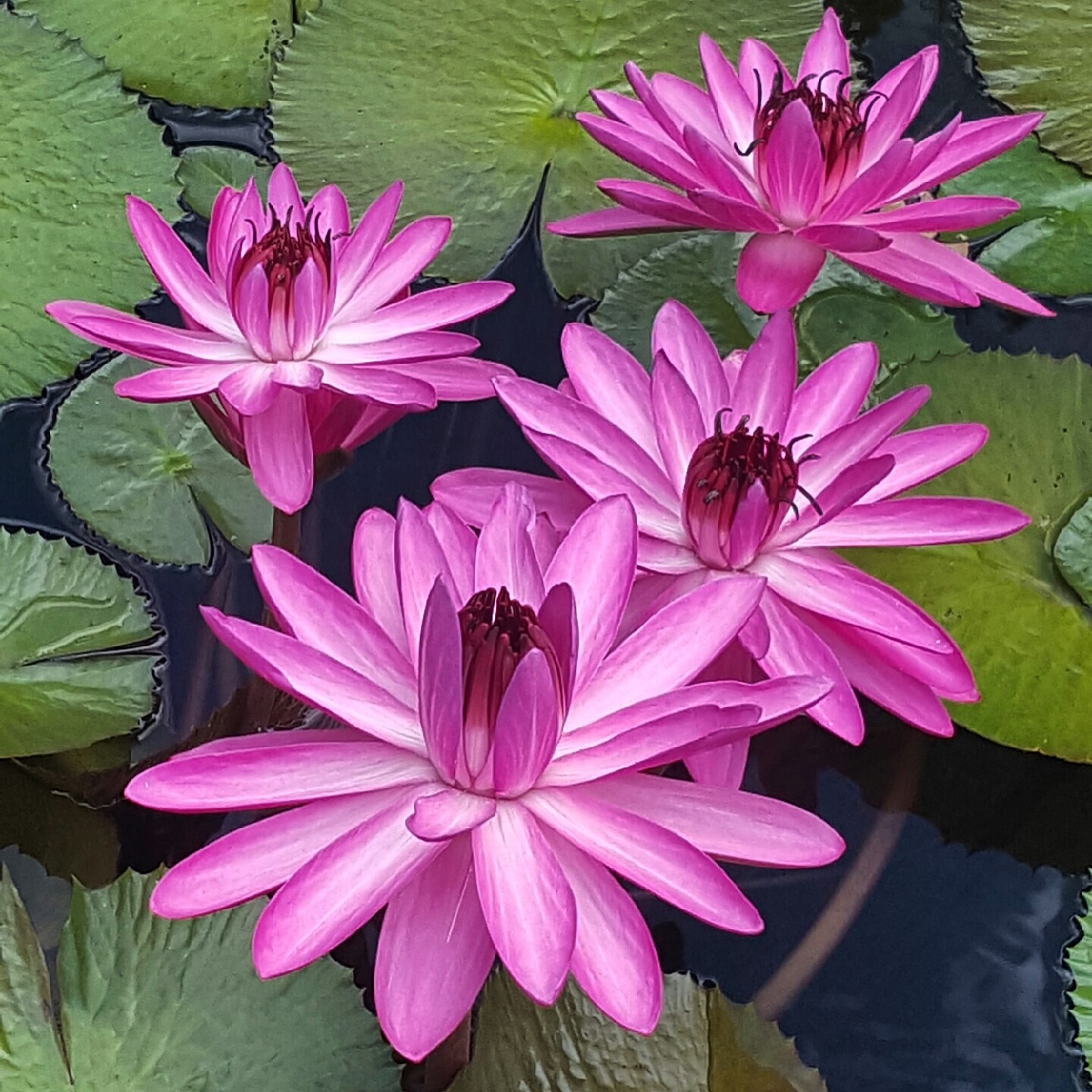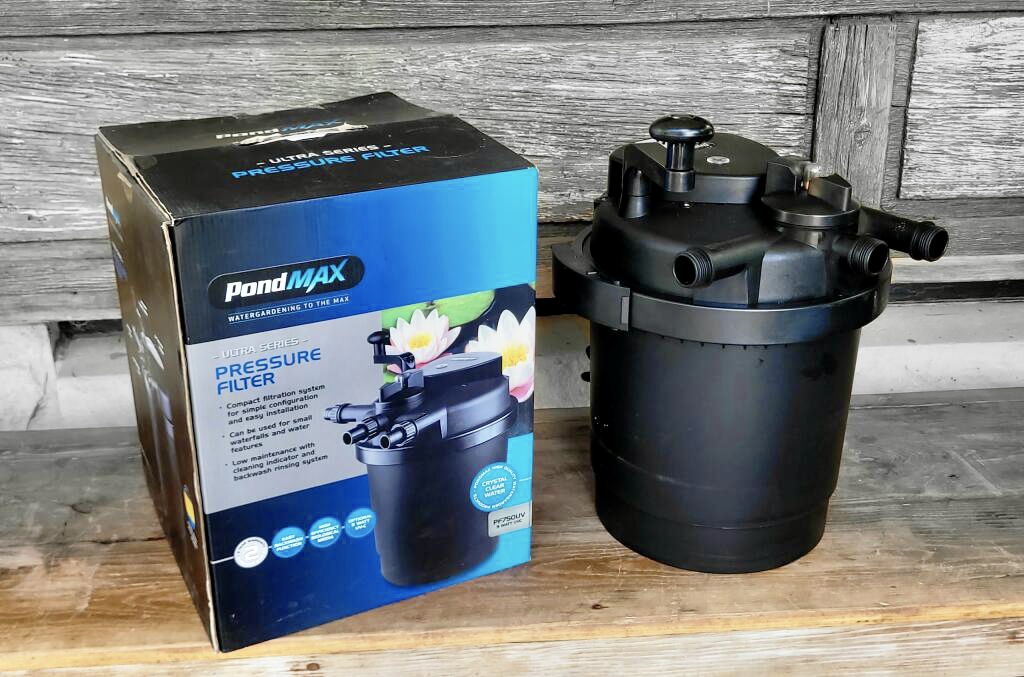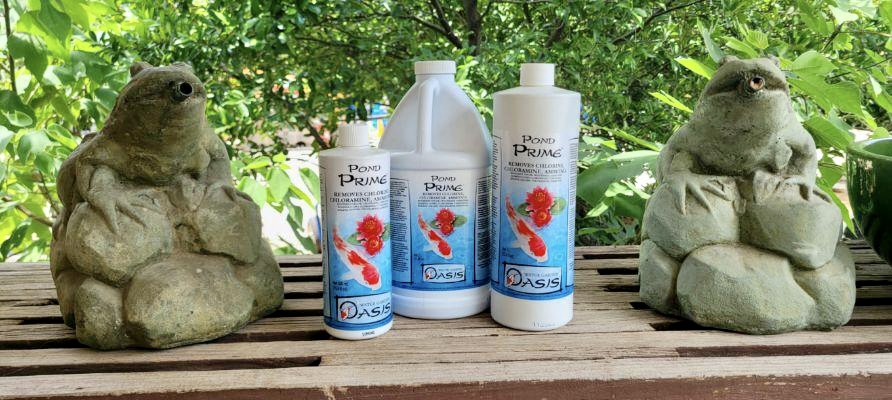
Our recent complimentary, in-house water tests are returning some not-so-surprising results! Two common summer issues we are beginning to see:

Warm-Weather Salt Accumulation!
As we add additional water to top off our water gardens natural salts begin to accumulate. The water is evaporating and leaving behind salt that can become deadly to our plants in the pond. This tends to happen quicker in smaller ponds and evaporations quickens in exposed locations. Water changes can become necessary to dilute the salts in the solution. We can test your pond water here free of charge and we are requesting you bring in a sample of the water you're using to refill, municipal or well.
This accumulation is not dangerous to koi or goldfish, only plants!
Phosphorus Accumulation & Ornamental Fish:
Phosphorus, while not dangerous on its own, can cause issues that can spiral out of control. Phosphorus is usually added to the pond by feeding and or overfeeding our pet fish. Phosphorus can also make its way into the pond by careless fertilization of terrestrial plants or stormwater runoff.
The phosphorus is very much appreciated by all algae species and pond owners will see an increase in algal growth, often a concerning amount of growth. In most cases, some algae is normal and healthy for the water quality, until it is not! Either the algae runs out of food and or the pond owner uses an algaecide to kill the algae. In both cases, the oxygen levels can drop to dangerous levels too low to support koi and goldfish!
Recommendations for high phosphorus:
Do not overfeed your fish. Once a day is fine. Only feed what they can eat in five minutes.
Use high-quality, low-phosphorus foods.
Test often for phosphorus. Twice a month in the summer.
If you find you are high in phosphorus, bring us a sample for a second opinion. We can give you options and ideas to help lower and or prevent high levels.
Plants, let them do the work for you

Plants, plants, and more plants should be around your pond, floating on the surface, submerged in the water, and sitting with their toes wet with about 60%-70% coverage of the waters surface. Not only does this help shade out the intense sun from areas of the pond helping suppress algae blooms they will also help with pulling nitrates from the water which they need to grow and keeps algae from growing from the excess levels of nutrients. Having a bog filter is even better! Trying to make a bog filter about 20% of the surface area of your total pond size will greatly help beneficial bacteria responsible for the nitrogen cycle convert ammonia (toxic to pond life) into nitrite (toxic to pond life) and finally into nitrate (a plant available nutrient but toxic in high amounts).
What if I can not fit enough plants?

Here is a link to a post by Ashley Waggoner last year on the benefits of using a pressure filter for algae issues. While plants are amazing some builds can not support the amount needed for biological filtration. That is where pressure filters or other biological filtration in filter falls will greatly help out.
Aerators and dissolved oxygen

I would recommend using an aerator all year long but having one that is used during the summer months or as a backup when a pump fails is also crucial. Throwing an air stone or disk into the deepest part of the pond will help regulate temperatures bringing the cooler water down low up towards the warmer surface, helping keep the fish stress down. Also using an aerator will increase dissolved oxygen levels in your pond which helps out all pond life. For instance beneficial bacteria responsible for the nitrogen cycle will work more efficiency when DO levels are higher.
Natural and chemical products for algae

Natural products like barley bales and liquid barley are a great combo to use to help prevent algae from growing. As the barley breaks down it will inhibit the growth of algae over a 1-3 month span while the liquid barley is much faster acting but will need to be reapplied every month. Another great go to is Pond Perfect which is a nice blend of beneficial bacteria to help with a wide range of issues from foul odors to algae growth. If algae blooms have already taken over your pond or water feature you might have to resort to chemical use to bring it down to a manageable level where organic products can be used as a preventative maintenance. Even if jumping to chemicals manually removing any algae or debris will help the water clear up faster.
Pond Prime, crucial for any pond owner

Keeping a bottle of Pond Prime is crucial if your water supply is coming from the city. We typically double dose due to higher amounts of chlorine in the water supply. With higher evaporation rates coming topping of the pond more frequently could be in our future. Having this bottle on hand will stop high levels of chlorines and chloramines from hurting our aquatic life.
How much evaporation is normal?
A common question we get is how many inches should I be losing in my pond? While we usually relate to how much we are having to fill up our ponds I like to use the Texas A&M ET (clickable link here) date or the evaportranspiration of our area. This gives a general idea of how many inches of water are evaporating in your area (any area of Texas at that!).
Written by the two bestest friends in all Hill Country Water Gardens, Nathan Unclebach & Calvin King


You must be logged in to post a comment.